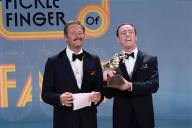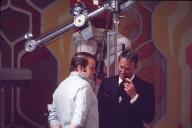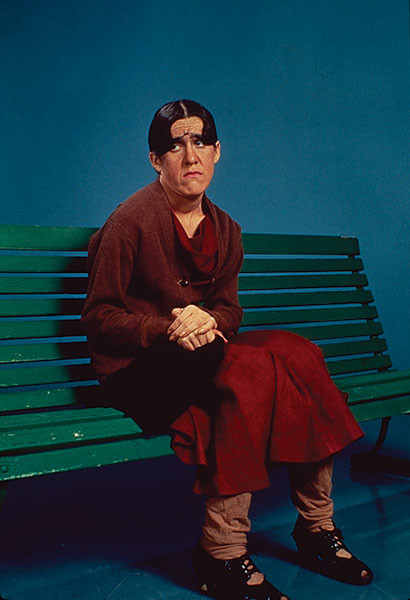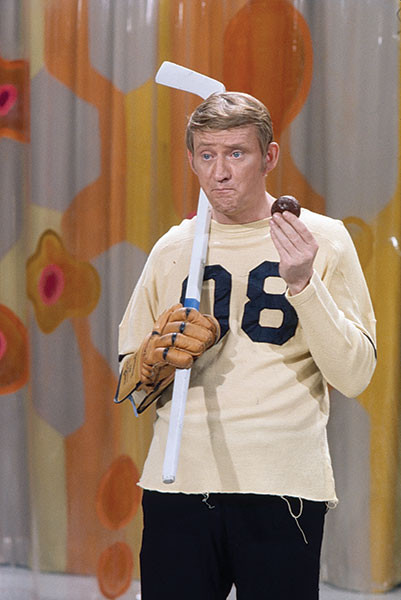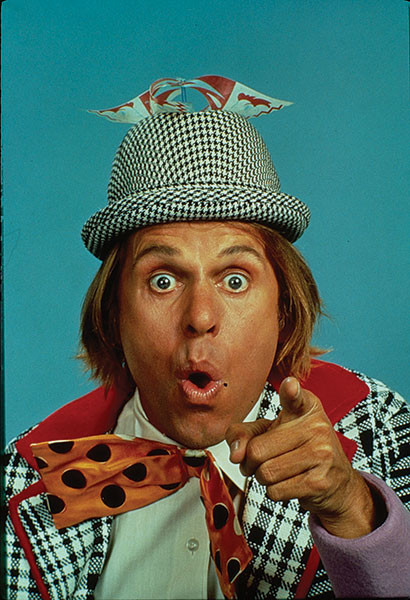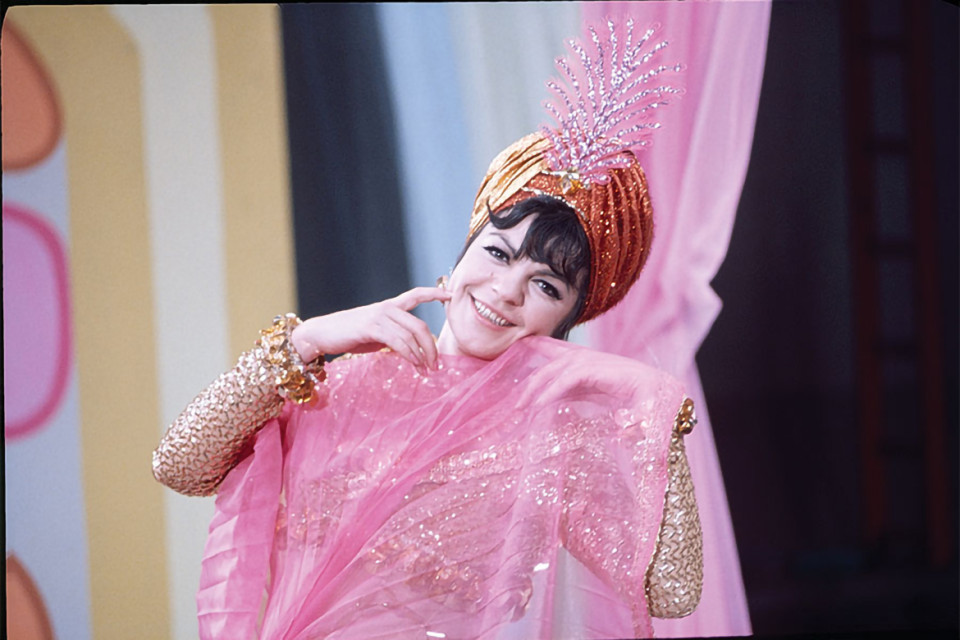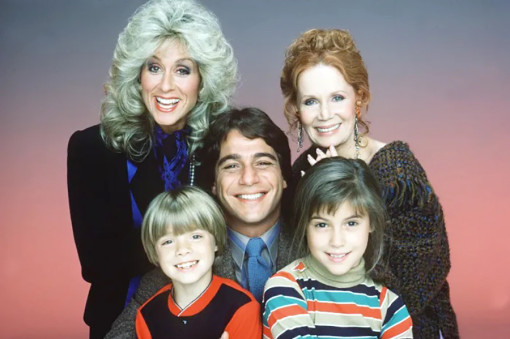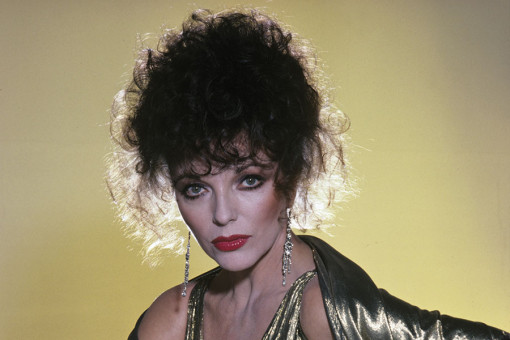Fifty years ago, one of the most innovative and irreverent TV shows of the era premiered in primetime.
Rowan and Martin’s Laugh-In was a sassy comedy-variety hour that blended old-fashioned one-liners, burlesque-style skits and blackouts with hip, subversive comedy and zany characters — a major draw for younger viewers.
Though much of the humor, especially the quick-fire sight gags, was patently silly, the show employed it to focus on and satirize the hot-button political, sexual and racial issues of the time.
The NBC series popularized such famous, often sexually suggestive catchphrases as “Sock it to me!”; “You bet your sweet bippy!”; “Look that up in your Funk & Wagnalls!”; “Verrry interrresting…”; and “Here come da Judge!” The last lampooned an old Chitlin’ Circuit routine originated by Dewey “Pigmeat” Markham. It was initially performed on the show by Sammy Davis Jr., then by Markham himself under a year-long contract.
Laugh-In, a play on words of the hippie “be-ins” and “love-ins” of the day, strode onto a traditionally conservative TV landscape when it debuted in 1968. Other shows premiering that year included such clearly tasteful standard fare as Here’s Lucy, Mayberry R.F.D. and The Doris Day Show. In contrast, Laugh-In dared to spoof taboo subjects, made liberal use of sexual double entendres and was often branded tasteless.
The show was created and produced (1968-72) by George Schlatter, who had earlier produced specials for Judy Garland and Dinah Shore.
With skits that parodied politics and put-ons about feminism, innuendo about straight and gay sexuality, plus semi-veiled references to marijuana — “grass” jokes that often went over censors’ heads — Laugh-In was indeed controversial. The FBI even opened a file on the show when some viewers called for axing it because a skit poked fun at bureau director J. Edgar Hoover.
With its breakneck gags and visual shtick, Laugh-In won seven Emmys. It was outspoken in its politics and campy sensibility, not to mention its spoofs of the establishment and jokes about the racial divide. Chief writers were Paul Keyes, said to be a conservative Republican, and Digby Wolfe, a liberal.
Hosts Dan Rowan and Dick Martin, a successful nightclub comedy team, were the relatively grounded pair amid a gaggle of zany characters played by talented performers — some veterans, others newcomers. Two of the latter, Goldie Hawn and Lily Tomlin, saw their careers soar as a result of Laugh-In exposure.
The show arrived on the heels of a year of intense upheaval in America, marked by violent anti-Vietnam War protests and race riots — turmoil the hippie counterculture and its “Summer of Love” event in San Francisco’s Haight-Ashbury attempted to relieve.
Laugh-In’s premiere on January 22, 1968, preceded by eight days the Tet Offensive of North Vietnamese attacks on South Vietnam. That spring, Martin Luther King Jr. and Robert F. Kennedy were assassinated. If high ratings were any measure, the show’s formula proved cathartic in those deeply troubling times.
Virtually every major star wanted to be a guest; those appearing included Jack Benny, Johnny Carson, Bing Crosby, Rita Hayworth, Bob Hope, Debbie Reynolds, Diana Ross, Ringo Starr, Tiny Tim, John Wayne and Orson Welles. Richard Nixon, campaigning for U.S. president at the time, famously showed up querying — and sounding incredulous himself — “Sock it to me?”
Originating with a special in September 1967, Laugh-In ran until March 12, 1973. The show was unquestionably influenced by comedian-writer- producer Ernie Kovacs, who, in creating TV comedy, made the most of the medium’s visual advantages. And today, Laugh-In lives on in the 43-season run of Saturday Night Live.
Take a look above for a glimpse at key players — plus a few others — and their wacky Laugh-In comedy bits.
This article originally appeared in emmy magaine, Issue No. 8, 2018



